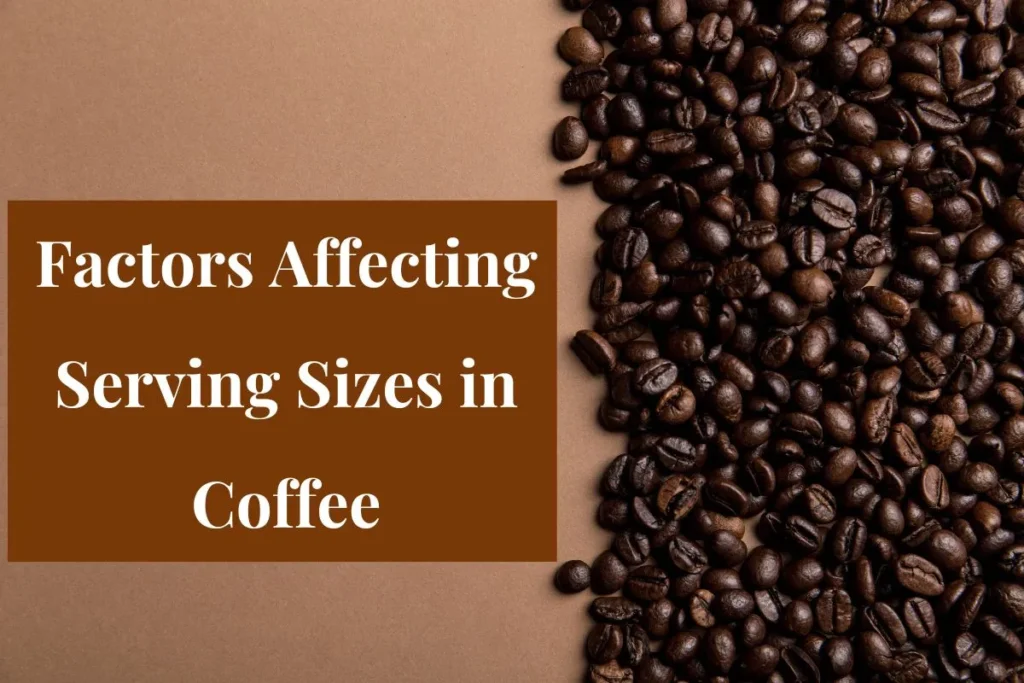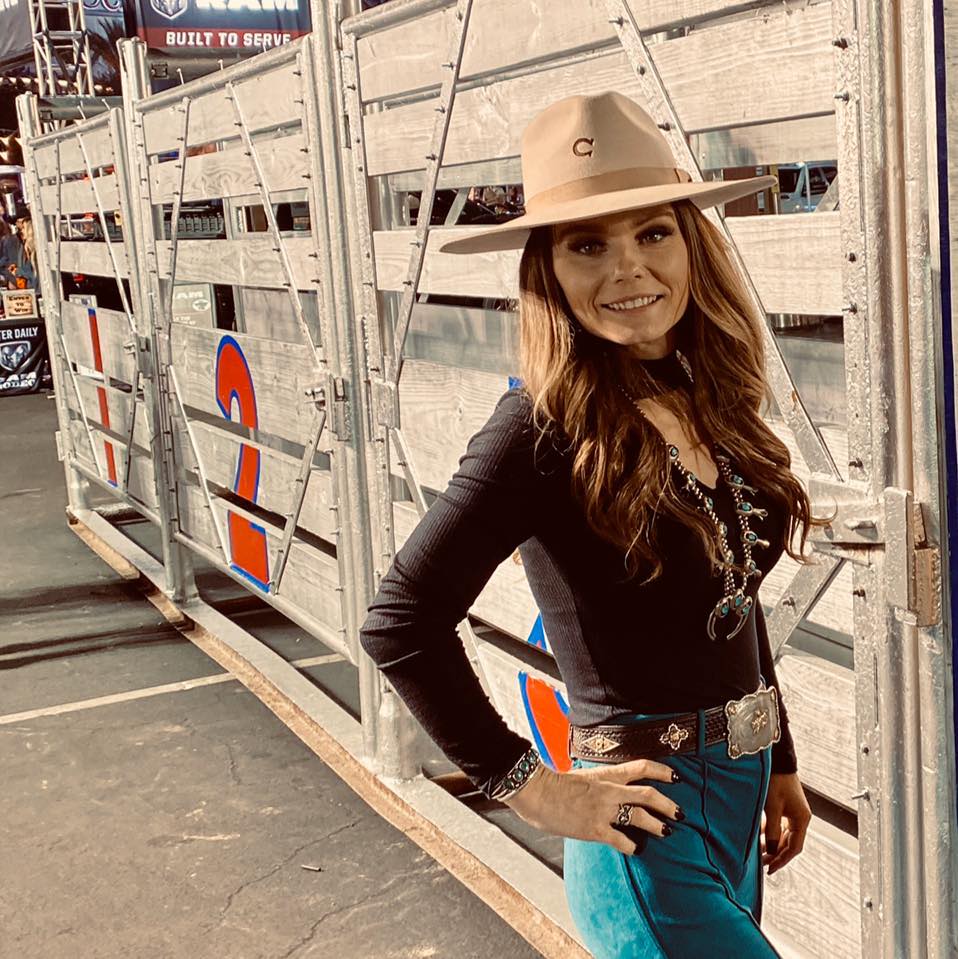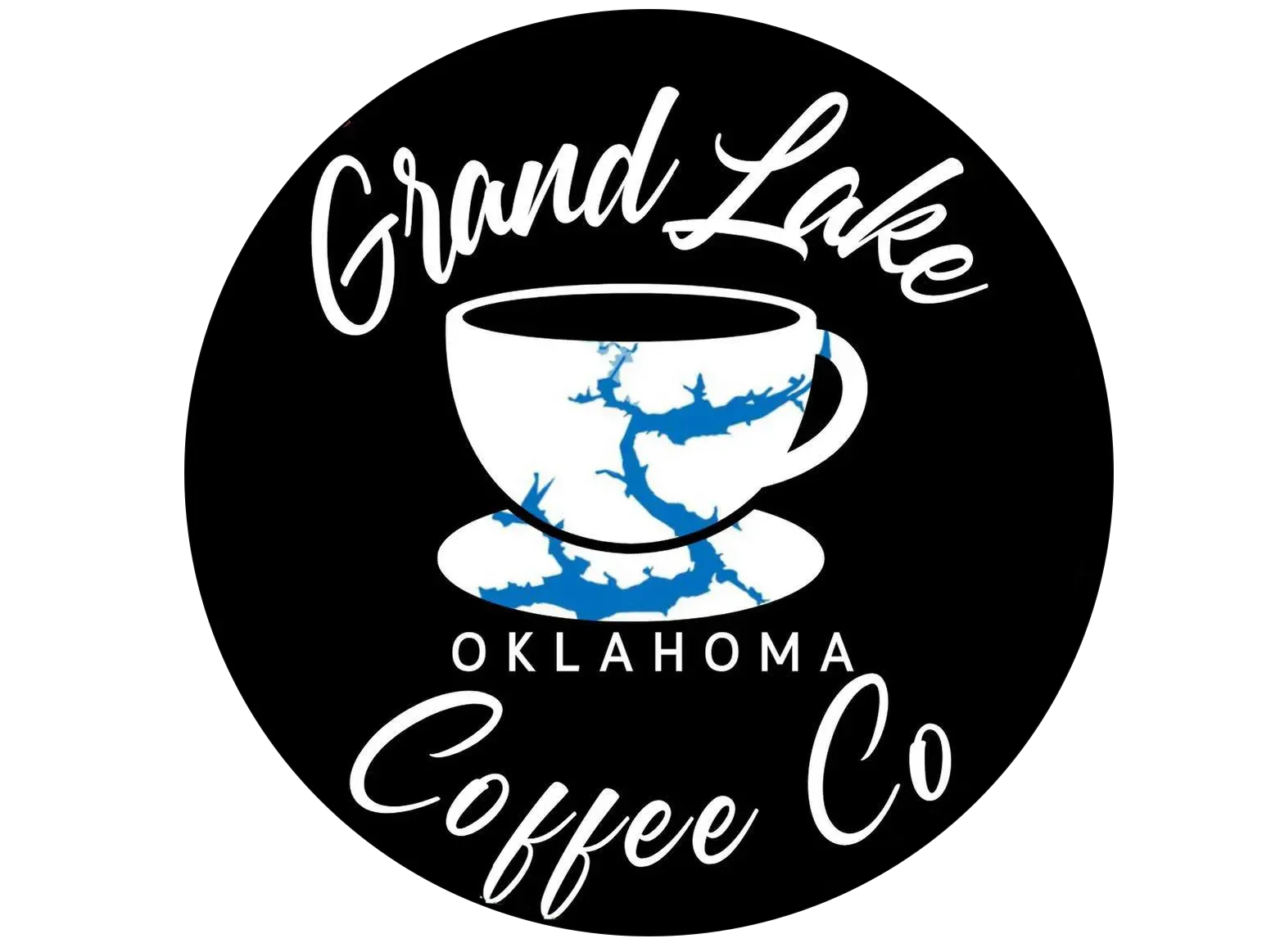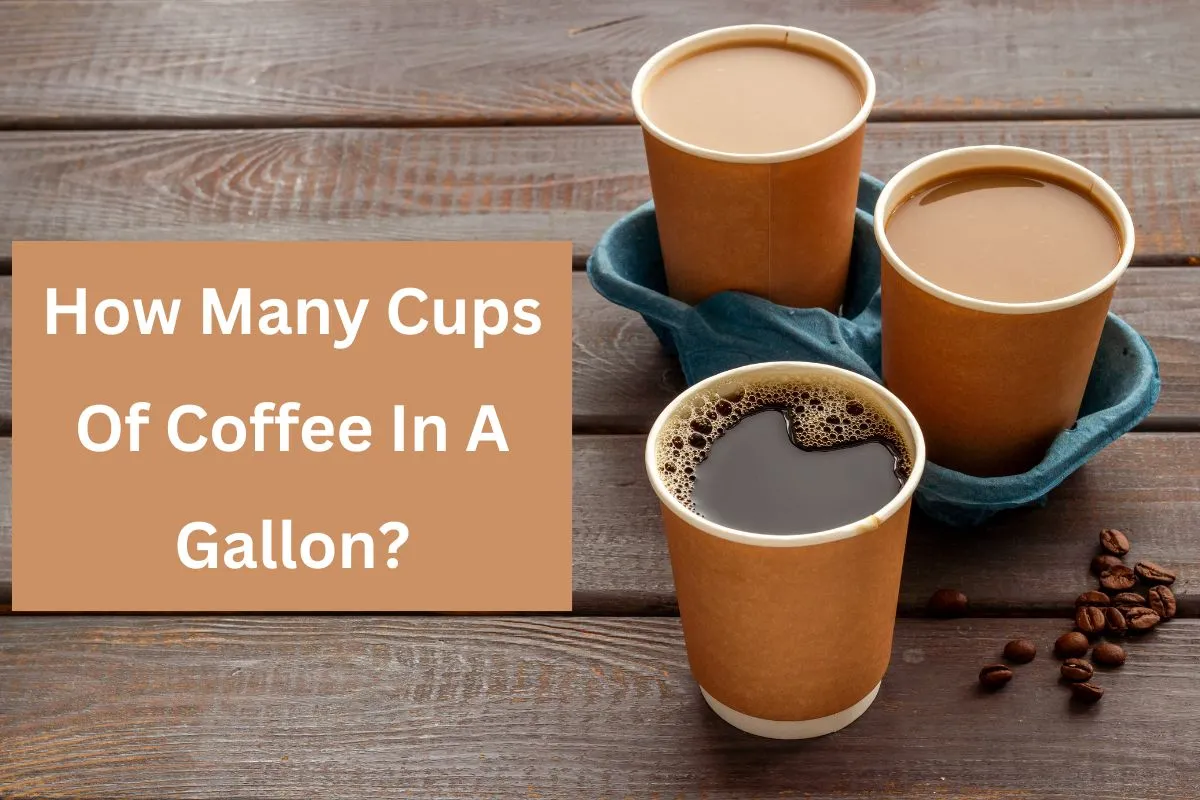Have you ever wondered how much coffee makes a gallon? Knowing the answer can help whether you’re brewing for a huge gathering or organizing one. Knowing how much coffee to serve will not only help you offer the ideal amount, but it will also help you keep a consistent flavor and strength.
In this article we will get to know the basics of this topic like How Many Cups of Coffee in a Gallon? and seek for a much greater understanding of coffee.
Understanding Gallons and Cups
When it comes to understanding measurements, especially in the realm of coffee brewing or cooking in general, knowing the relationship between gallons and cups is fundamental. Whether you’re a barista aiming for precision or a home brewer trying to scale up a recipe, grasping these basic units of measurement can make a significant difference.
Definition of Gallon
The US liquid gallon is a unit of volume measurement commonly used in the United States for liquids. It is defined as 231 cubic inches, which is exactly 3.785411784 liters. There are four quarts in a gallon, two pints in a quart and 16 US fluid ounces in a US pint, which makes the US fluid ounce equal to 1⁄128 of a US gallon.
Standard Cup Size
In the United States, the standard size for a paper coffee cup is 8 fluid ounces (236.6 ml). This is the most common size used for takeaway coffee.
However, it’s important to note that coffee cup sizes can vary depending on the type of drink:
- Espresso cups are typically 2-3 oz (59-89 ml) demitasse cups
- Cappuccino cups are generally 6-8 oz (177-237 ml)
- Latte cups are usually 10-12 oz (296-355 ml)
- Regular drip coffee is often served in 8-10 oz (237-296 ml) mugs
Many coffee shops also offer larger sizes like 12 oz (355 ml), 16 oz (473 ml), and even 20 oz (591 ml) for those who prefer a bigger serving.
So while 8 oz is considered the standard paper cup size, the actual cup size used depends on the specific drink ordered. Providing a range of sizes allows coffee shops to optimize the cup to the beverage for the best flavor and customer experience.
Calculating Cups of Coffee in a Gallon
To calculate the number of cups of coffee in a gallon, we can use the following formula:
Cups of coffee = Gallons × 16
This is because 1 gallon is equal to 16 cups.
However, it’s important to note that the term “cup” can be ambiguous when referring to coffee. The Specialty Coffee Association of America (SCAA) defines a “cup” as 6 ounces (180 ml) of water before brewing, which will produce approximately 5.33 ounces of brewed coffee.
Using the SCAA definition and the “golden ratio” of 1:18 (coffee grounds to water volume), 8.3 grams of coffee are needed per 5 fl. oz (150 ml) cup.
So, if we assume a gallon of water yields approximately 128 ounces (3.79 liters) and use the SCAA’s 6 oz cup size, a gallon of water would produce around 21 cups of brewed coffee.
However, many coffee machine manufacturers define a “cup” as 5 ounces (150 ml) of liquid. In this case, a gallon would yield approximately 26 cups of coffee.
It’s important to keep in mind that the exact number of cups may vary depending on the coffee-to-water ratio used, the specific coffee machine, and personal preferences.
| Measurement | Cups of Coffee |
| 1 Gallon | 16 cups |
| 1 Gallon (SCAA 6 oz cup) | 21 cups |
| 1 Gallon (5 oz cup) | 26 cups |
Factors Affecting Serving Sizes in Coffee

When it comes to enjoying a cup of coffee, the serving size can vary widely depending on several factors. Whether you’re brewing at home, ordering at a café, or planning for a large event, understanding these influences can help you customize your coffee experience to perfection.
Influence of Coffee Strength
One of the primary factors affecting serving sizes is the strength of the coffee. A stronger brew typically requires smaller serving sizes to maintain balance in flavor and intensity.
Personal Preferences
Personal taste preferences play a significant role in determining serving sizes. Some coffee drinkers prefer a stronger, more concentrated brew, while others enjoy a milder flavor. This variability in preference directly impacts how much coffee is served per cup.
Type of Coffee
The type of coffee being brewed also influences serving sizes. For example, espresso is a highly concentrated form of coffee with a smaller serving size compared to drip coffee. Specialty drinks like latte or cappuccino include additional ingredients, altering the final volume per serving.
Brewing Method
Different brewing methods result in varying serving sizes. French press coffee, for instance, often yields a larger serving due to its full immersion brewing technique, while pour-over methods allow for precise control over the amount brewed per cup.
Cup Size and Shape
The physical attributes of the cup used can affect perceived serving sizes. A larger cup may hold more liquid, but the actual amount of coffee served can vary depending on the fill level. Additionally, the shape of the cup can influence aroma and flavor perception.
Cultural Norms
Cultural practices and regional preferences also impact serving sizes. In some cultures, smaller, stronger servings are preferred, emphasizing the bold flavors of the coffee. In contrast, other cultures may favor larger servings meant for savoring over a longer period.
Tips for Measuring Coffee
Accurate measurement is crucial for brewing a consistent and delicious cup of coffee. Whether you’re a novice brewer or a seasoned barista, these tips will help you master the art of measuring coffee for a perfect brew every time.
Use a Kitchen Scale
Invest in a kitchen scale for precise measurements. Weighing your coffee beans or grounds ensures accuracy, especially when different coffee-to-water ratios are required for various brewing methods.
Understand Coffee-to-Water Ratio
Find out the perfect ratio of coffee to water for the brewing technique that you like. Generally, a standard ratio is 1:16 (1 part coffee to 16 parts water) for drip coffee, but this can vary based on taste preferences and coffee strength desired.
Measure by Volume as Needed
While weight is more accurate, measuring by volume using a standard measuring cup is also effective. Use a 1:8 ratio for a stronger brew or adjust to taste.
Grind Size Matters
Adjust your grind size based on your brewing method. Finer grinds work well for pour-over or espresso techniques, whereas coarser grinds are usually used for cold brew or French press. Consistent grind size ensures even extraction and flavor.
Use Freshly Ground Coffee
For the purest taste, crush your bean of coffee right before brewing. This retains the aromatic oils and flavors that enhance your coffee experience.
Calibrate Your Equipment
Regularly calibrate your coffee grinder and measuring tools to maintain accuracy. Check against a trusted reference to ensure consistent results with each brew.
Practice Consistency
Consistency is key to perfecting your coffee brewing skills. Use the same measurements and techniques each time to replicate your favorite brews.
Keep Track of Brew Times
Time your brews to ensure consistency. Different brewing methods require specific brew times for optimal extraction and flavor development.
Conclusion
The question of How Many Cups of Coffee in a Gallon? boils down to simple math but carries significant implications for both everyday brewing and professional catering. By mastering these measurements, coffee enthusiasts and professionals alike can ensure every cup is brewed to perfection.
Frequently Asked Questions
Q1: How many cups of coffee are in a gallon?
There are approximately 128 cups of coffee in a gallon, based on the standard coffee cup size of 6 fluid ounces. This is because there are 128 fluid ounces in a gallon, and each standard coffee cup contains 6 fluid ounces.
Q2: Does the total amount of cups in a gallon vary depending on the type of coffee?
No, the total number of cups in a gallon does not vary depending on the type of coffee. The number of cups in a gallon is a standard conversion based on volume, not the specific type of coffee beans used. The type of coffee beans can impact the density and therefore the weight of the grounds in a given volume. However, this density difference does not affect the number of cups in a gallon.
Q3: Why is it important to measure coffee accurately?
Using a coffee scale to precisely measure the coffee and water by weight leads to better flavor, consistency, efficiency and allows for experimentation to find your perfect cup. It’s an essential tool for coffee enthusiasts looking to elevate their home brewing.
Q4: What is the recommended amount of coffee to drink per day?
Evidence suggests that 4-5 cups of coffee per day is associated with the greatest health benefits. However, individual sensitivity to caffeine should be considered. It’s important to note that the recommended amount can vary depending on factors such as age, health conditions, and personal preferences.

Rossi Glover, the passionate Owner of Grand Lake Coffee, infuses every cup with her love for coffee and dedication to quality. With an extensive background in the art and science of coffee, Rossi is not just a connoisseur but a storyteller, sharing the intricate tales behind each brew.

